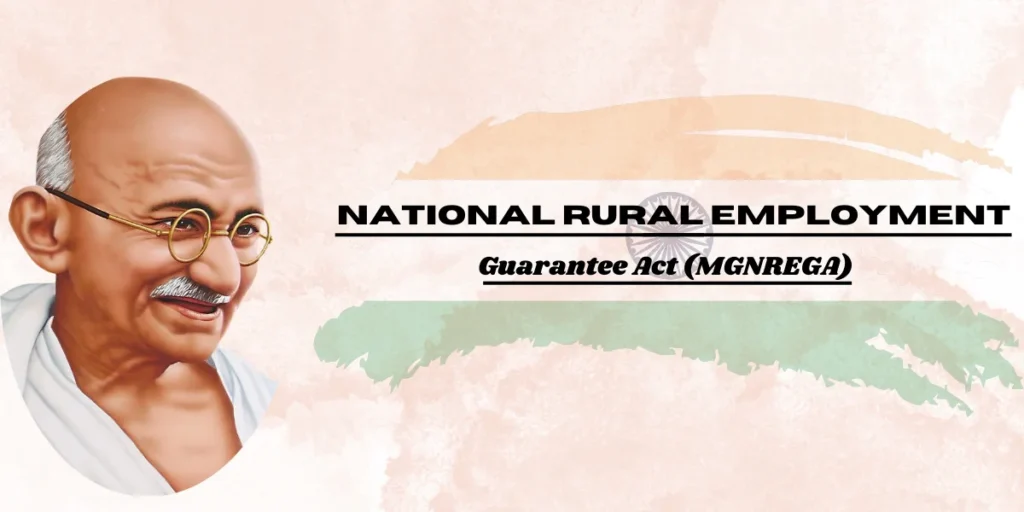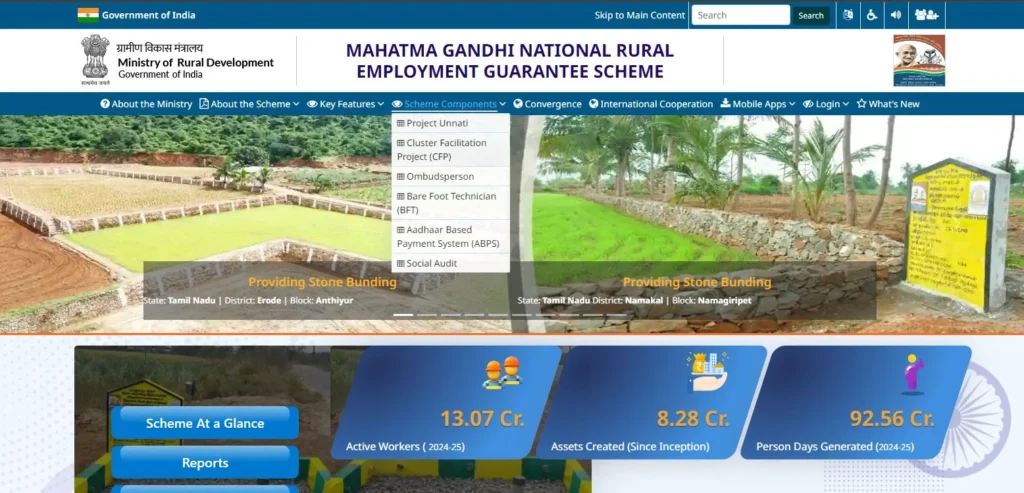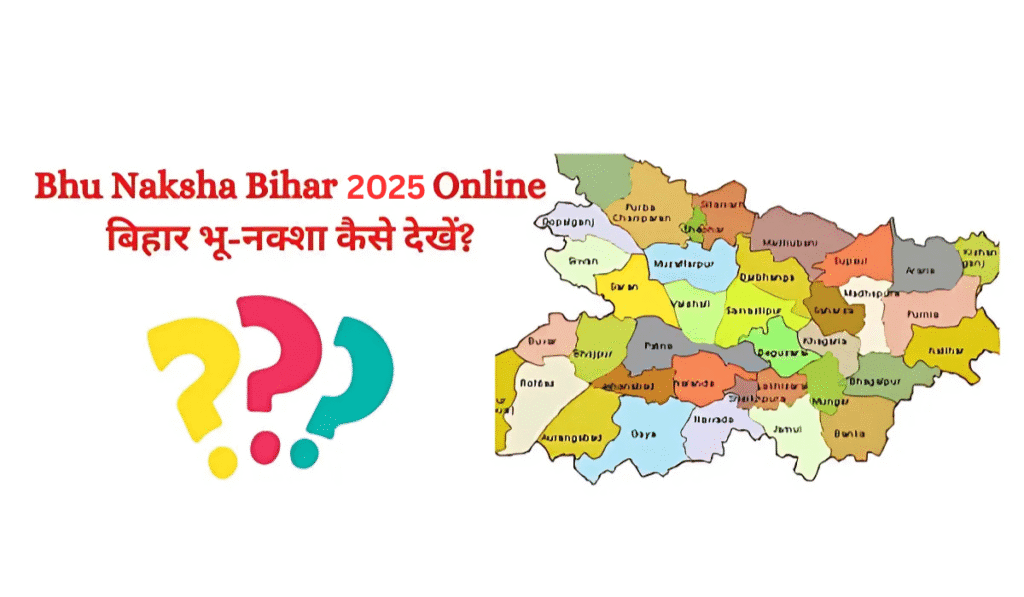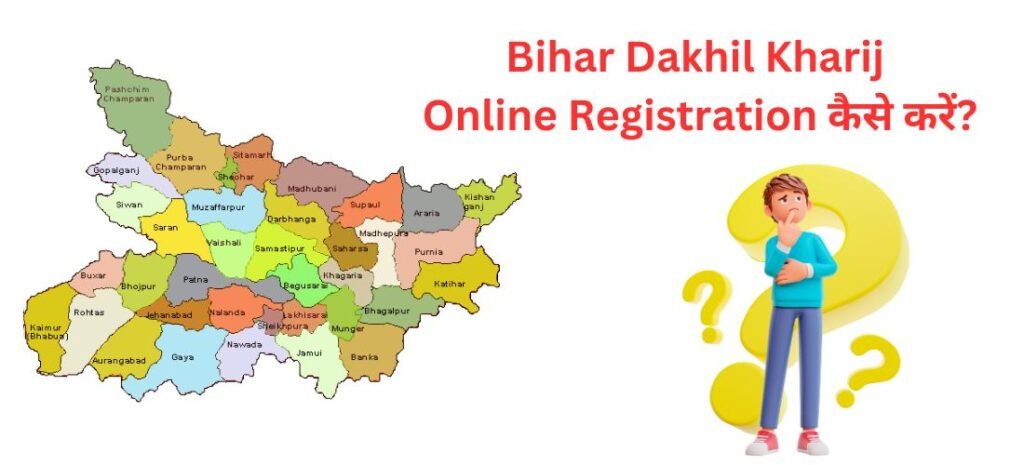
MGNREGA one of the biggest work guarantee programs in the world propelled in 2005 by the Service of Country Development.
The main objective of the scheme is to provide 100 days of work in each financial year to all the people who are willing to work. This scheme is for both skilled as well as unskilled workers. As of 2022-23, there are 15.4 crore dynamic laborers beneath theNational Rural Employment Guarantee ActMGNREGA.
Rather than safeguard earlier work for the future, the act aims at addressing enduring poverty roots from a perspective of rights. Not less than one-third of the recipients should be female. The payment of salaries should follow the minimum wage set for agricultural laborers in that particular state under The Minimum Wages Act, of 1948.
The foremost aspect of MGNREGA’s design is its legally enforced guarantee that any rural adult can find work within 15 days upon request; otherwise an ‘unemployment allowance’ would be paid. Under this scheme workers self-select themselves. Emphasis is laid on strengthening the process of decentralization by giving primacy to Panchayati Raj Institutions (PRIs) in planning and executing these works.
The act orders Gram Sabhas suggest the works are to be attempted and at slightest 50% of the works must be executed by them.
Benefits of Mahatma Gandhi National Rural Employment Guarantee Act (MGNREGA):
- MGNREGA leads to the reduction of poverty and boosts living standards in rural areas by providing jobs and dues.
- It is aimed at creating rural infrastructure while improving connectivity and access to basic services.
- MGNREGA creates an opportunity for marginalized groups including women, scheduled castes, and scheduled tribes through the provision of economic opportunities and social integration
- Ventures beneath MGNREGA regularly center on characteristic asset administration and preservation, contributing to natural sustainability.
Also Read: Movierulz APK || Bihar Parvarish Yojana || The Best Gazebo For Your Hot Tub: 10 Top Picks
Essential Information People Should Understand About MNREGA
- The principle focus of the National Rural Employment Guarantee Act MGNREGA is reinforcing both the economic and social aspects of women. MGNREGA offers employment that is both green and decent. In the context of MGNREGA, social audits are compulsory, enhancing responsibility and openness. MGNREGA projects aim at mitigating climate change impacts while protecting farmers from its vagaries and conservation of natural resources.
- The most vital gathering for wage searchers to raise their voices and make requests is the Gram Sabha. It is the Gram Panchayat and the Gram Sabha that approve it underneath MGNREGA and prioritize their work”. Twice as many locations were covered by it for the fiscal year 2007–08 as 2006–07 in terms of numbers.
- The scheme covered 648 Districts, 6,849 Blocks, and 2,50,441 Gram Panchayats during the financial year 2015-16. Till April 2008 the NREGA was extended to the whole nation covering 34 States and 620 Districts, 6076 Blocks, and 2.46 lakhs of Gram Panchayats.
| People also ask Q. What are the terms of the MGNREGA? To avail of an individual benefit, a beneficiary should possess a job card in NREGS. In this respect, at least one relative had his or her work assigned to them. |
Impact on Country Livelihoods

One of the most significant impacts of the National Rural Employment Guarantee Act MGNREGA has been its part in stabilizing country earnings. By giving business amid inclined rural seasons, MGNREGA acts as a significant security net against destitution and trouble relocation. It enables rustic communities by advertising them the implies to move forward with their financial condition through stately work and reasonable compensation. Additionally, the creation of country foundations such as streets, lakes, and water system offices has upgraded the network and gotten to fundamental civilities, in this manner making strides in the quality of life in rustic areas.
| People also ask Q. Is MGNREGA only for rural areas? Thus NREGA covers the entire country except districts that have a hundred percent urban population. |
Also Read:- MyFlixer: Enjoy Your Favorite Movies on It ||
MGNREGA Works Directly Linked To Agriculture and Allied Activities
| CATEGORY OF AS PER SCHEDULE-1, MGNREGA | AS PER SCHEDULE-1, MGNREGA, WORKS PERMITTED UNDER MGNREGA |
| I. Category, A: PUBLIC WORKS RELATING TO NATURAL RESOURCES MANAGEMENT | There is an upsurge in water storage and water harvesting technologies such as sub-surface dykes, check dams, earthen dams, and gabion structures with special attention on motivating groundwater including spring sources. In watershed management, watershed management strategies include building booms, boulder checks, contour trenches, water tanks, gabion structures, and spring shed development.Micro and minor water system works and creation, renovation, and upkeep of water system canals and drains;Renovation of conventional water bodies counting desilting of water system tanks and other water bodies; (s) Afforestation, tree manor, and cultivation in common and woodland lands, street edges, canal bunds, tank foreshores, and coastal belts appropriately giving right to usufruct to the family units secured in Passage 5; andLand improvement works in common land. |
| II.Category, B: COMMUNITY ASSETS OR INDIVIDUAL ASSETS | Becoming more efficient in what concerns lands, in particular, those which are held together in families in paragraph 5; an author should do it by exploring advancement through coming up with a good base for irrigation like dugouts drilled boreholes and gardens ponds various other structures meant at collecting rainwater Fostering farming, silkworm breeding homesteads as well as silvicultural operations and woodlot forestry among other examples could also play major roles in too Reclamation of abandoned, unproductive or overused arid regions plugged into family units meant to be put into cultivationCreating a foundation for the advancement of animals such as poultry covers, goat covers, piggery covers, cattle covers, and feed troughs for cattle; andCreating a framework for the advancement of fisheries such as angle drying yards, capacity offices, and advancement of fisheries in regular water bodies on open land; |
| III.Category, C: COMMON INFRASTRUCTURE INCLUDING FOR NRLM COMPLIANT SELF-HELP GROUPS | Engages in activities that encourage agricultural productivity by setting up strong structures to store bio-fertilizers as well as establish post-harvest facilities which include storehouses for farm produce. |
| The Food Grain Storage Structures were constructed to carry out the requirements of The National Food Security Act 2013 (20 of 2013). |
Challenges and Criticisms:
- Wage payments to MGNREGA laborers have sometimes been delayed affecting their economic security.
- Corruption, bungling, and the absence of infrastructure are some of the challenges that may prevent the successful implementation of MGNREGA schemes.
- The availability of work provided by MGNREGA may usually be seasonal hence the constraint on its contribution to all-season employment creation.
- The efficient delivery of NREGS at the state level requires the timely allocation of adequate funds and release from the treasury.
Also Read:- How to Tighten a Hitch Ball Without a Torque Wrench: The Ultimate Guide
Future Directions:
- Enhancing tools for monitoring, evaluation, and social audits for effective implementation and accountability.
- Linking skill development programs with the National Rural Employment Guarantee Act MGNREGA to improve the employability of rural workers beyond unskilled manual labor.
- Propelling convergence with other rural development programs to maximize MGNREGA’s impact on poverty reduction and sustainable growth.
India’s attempts towards inclusive growth, poverty reduction, and rural development have been significantly impacted by the Mahatma Gandhi National Rural Employment Guarantee Act (MGNREGA). The Act continues to provide secure means of employment and development of rural assets thus enabling rural people with their livelihood securities.
Also Read:- What Are EDP Services? || Bihar Laghu Udyami Yojana Selection List
FAQs:
Q1. How many categories of work are conceivable under MGNREGA?
The works are classified according to 10 major categories Watershed, Pressurized water, Surge administration, and Rural. Animal works, Fisheries, Coastal, and Provincial Drinking water there is also Drinking water.
Q2. Which state was the first to start MGNREGA?
The Indian Parliament finally accepted and implemented the act in 2006 and many parts of India feel hopeful about it, which came to life for the first time in Anantapur, Andhra Pradesh State, on 2nd February 2006.


